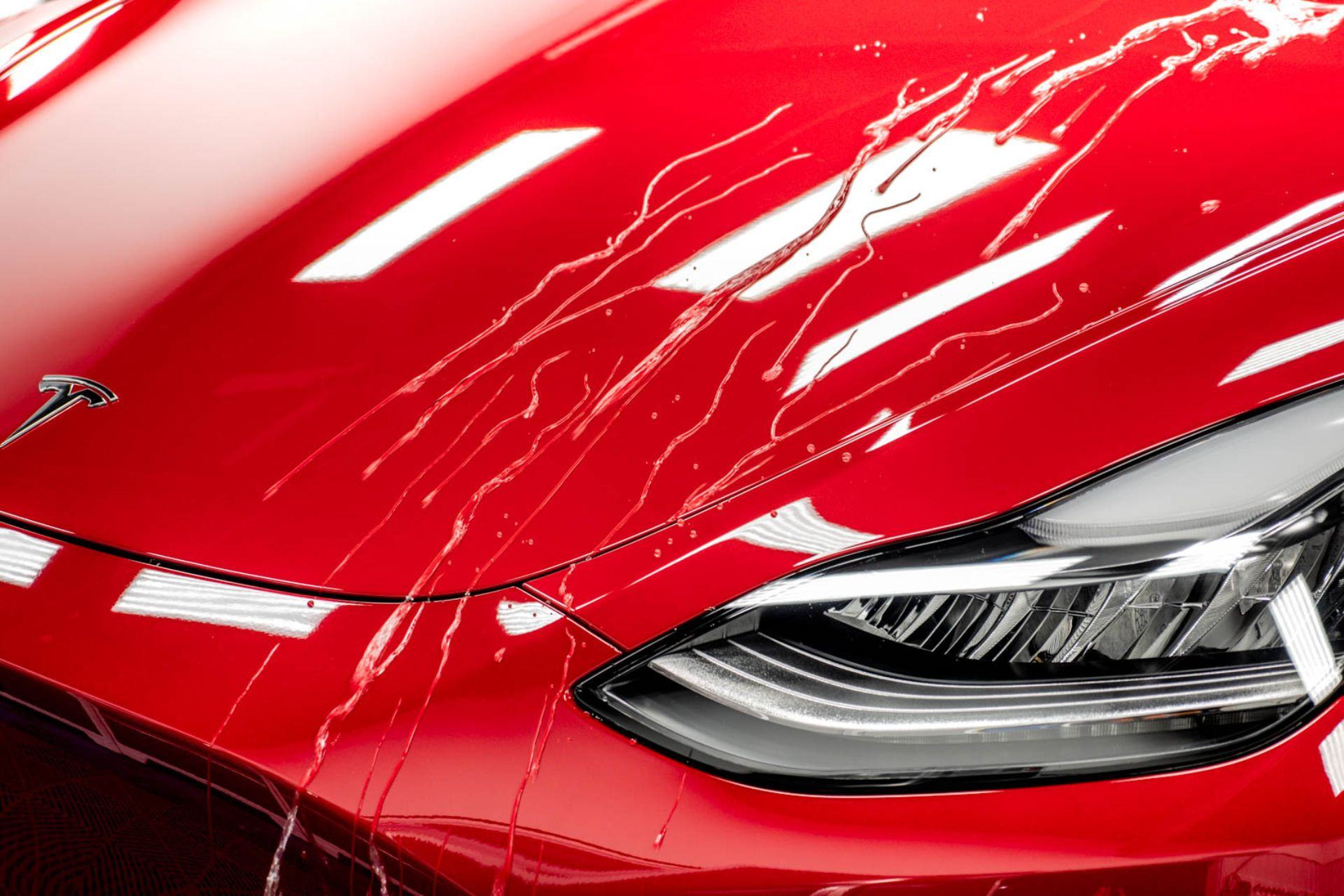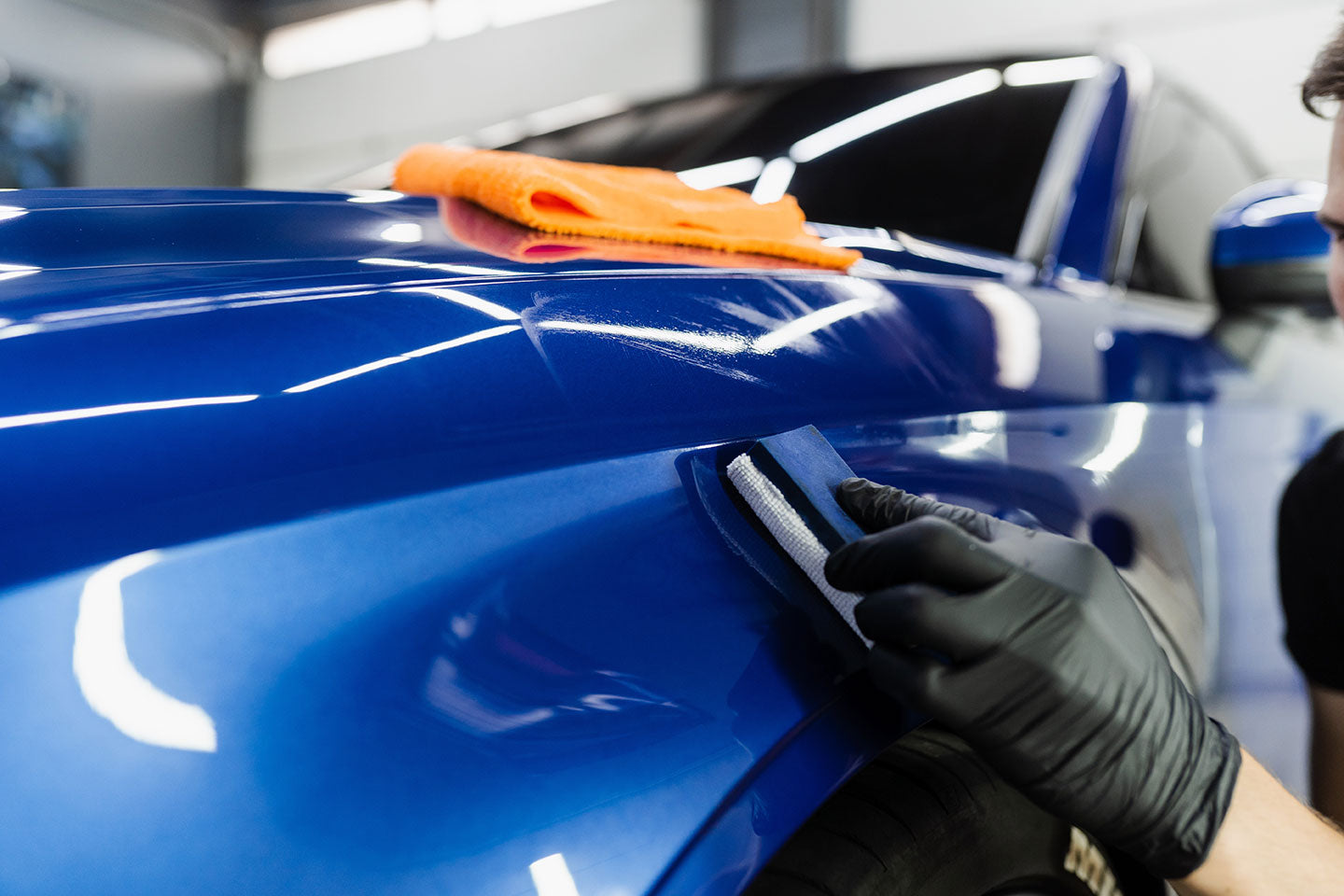A Comprehensive Guide to the Sorts Of Ceramic Finishing on the marketplace
Ceramic layers have actually become a pivotal service across different industries due to their unique properties and applications. From silica-based solutions known for their toughness to hybrid choices that merge multiple benefits, the selections offered can be frustrating. Recognizing the nuances of each kind, including their specific benefits and excellent use instances, is vital for making educated choices. As we check out the distinctive attributes and applications of these coatings, the implications for performance and longevity become increasingly noticeable, elevating inquiries regarding which type might best match your demands.
Recognizing Ceramic Coatings
Ceramic coatings are sophisticated safety remedies that have gotten appeal in various industries, especially in auto and aerospace applications. These coatings are composed of a fluid polymer that, when cured, creates a sturdy, hydrophobic layer on the surface area of the substrate. This layer gives enhanced resistance to environmental contaminants, UV radiation, and chemical exposure, consequently extending the life and visual appeal of the underlying material.
The basic element of ceramic coverings is silica, which adds to their hardness and resilience. The application process typically entails surface preparation, application of the layer, and healing, which can be accomplished via warmth or UV light. Once healed, ceramic coverings display remarkable bonding residential or commercial properties, allowing them to stick highly to a variety of surfaces, including steels, plastics, and glass.
In addition to their protective features, ceramic coverings also provide simplicity of maintenance. Their hydrophobic nature minimizes the adherence of dust and grime, making cleaning easier and much less frequent. Overall, the fostering of ceramic finishes represents a significant innovation in surface area defense modern technology, offering both practical and aesthetic advantages across numerous markets.
Sorts Of Ceramic Coatings
Different types of ceramic coverings are available, each made to satisfy details efficiency requirements and applications - scratch repair sarasota. The most usual kinds consist of:
Silica-based Coatings: These coatings mostly are composed of silicon dioxide and are recognized for their resilience and chemical resistance. They are extensively used in vehicle and commercial applications.
Titanium Dioxide Coatings: Prominent for their photocatalytic residential or commercial properties, titanium dioxide layers are typically applied in environments where self-cleaning and antifungal homes are desirable, such as in building products and auto coatings.
Zirconia Coatings: Identified by their high-temperature stability and thermal resistance, zirconia coverings are utilized in applications such as generator engines and high-performance automobile elements.
Alumina Coatings: Showing outstanding solidity and thermal security, alumina finishes are regularly made use of in wear-resistant applications, including reducing devices and industrial machinery. - Car Detailing
Crossbreed Coatings: Combining the homes of numerous products, hybrid coatings supply enhanced performance attributes, making them ideal for distinct and requiring applications.
Each kind of ceramic coating serves distinct purposes, permitting customers to choose the most suitable remedy based upon certain ecological problems and efficiency demands.
Benefits of Ceramic Coatings
Coatings play a crucial function in improving the efficiency and longevity of surface areas across numerous markets. Ceramic coatings, in certain, offer various advantages that make them significantly popular amongst makers and consumers alike. One of the main advantages is their remarkable sturdiness. These coatings are immune to scrapes, chemicals, and UV rays, ensuring that the underlying surface area stays safeguarded in time.
Along with resilience, ceramic coatings provide superb hydrophobic residential properties, permitting very easy cleansing and upkeep. This water-repellent nature minimizes the adherence of dust, crud, and other contaminants, which can prolong the visual charm and functionality of the surface. Ceramic coverings can significantly improve thermal resistance, making them perfect for applications that withstand high temperature levels.

Application Refine
When using ceramic layers, a meticulous approach is necessary to achieve ideal outcomes. The application procedure generally begins with extensive surface area prep work. This involves cleaning, decontaminating, and brightening the surface area to remove all contaminations, including dust, oil, and prior waxes or sealers. A clean surface makes sure proper attachment of the covering.
Once the surface area is prepped, the next action is to apply the ceramic covering. This can be done using an applicator pad or a microfiber fabric, guaranteeing also protection. It is vital to function in tiny sections to preserve control and avoid early curing. The finishing ought to be applied in thin layers, as thicker applications can cause irregular coatings.
After application, visit the finishing needs a certain treating time, usually ranging from a few hours to a full day, depending on the item. Following these actions carefully will make best use of the efficiency and longevity of the ceramic finish, offering a resilient safety layer for the surface.
Upkeep and Longevity
To ensure the durability and effectiveness of a ceramic finish, regular maintenance is essential. Ceramic coatings, known for their sturdiness and protective high qualities, require certain treatment regimens to maximize their life expectancy and performance. The very first step in upkeep involves routine washing with pH-neutral soap, staying clear of rough chemicals that can degrade the finish. It is a good idea to wash the vehicle regularly, preferably every 2 weeks, to stop the build-up of impurities that can compromise the finishing's honesty.
Along with routine washing, periodic assessments are essential. Search for signs of wear or damages, such as hydrophobic residential or commercial properties decreasing or surface area flaws. If necessary, a light gloss may be related to revitalize the coating without removing it away.
Moreover, the application of a booster spray can enhance the coating's hydrophobic impacts and restore its gloss. This is specifically valuable for coverings that have actually remained in usage for an extensive duration. Ultimately, by adhering to these upkeep techniques, one can dramatically expand the life of a ceramic coating, making sure that it remains to give optimal defense versus ecological elements and maintain the aesthetic appeal of the vehicle.
Verdict
